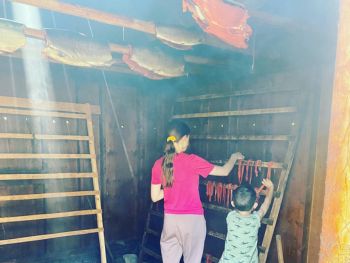
June marks National Indigenous History Month, a time to honour the rich cultures, traditions, and contributions of First Nations, Inuit, and Métis peoples across Canada. It’s also a time to reflect on the importance of creating space for Indigenous employees to stay connected to their communities, languages, and ceremonies—something Northern Health supports through its cultural leave policy.
At Northern Health, cultural leave is more than just time off—it’s a recognition of identity, tradition, and the deep importance of staying connected to community and culture. For Indigenous employees, it provides the space to participate in ceremonies, seasonal practices, and family gatherings that are foundational to well-being and belonging. The first story in this series highlights: Nicole Cross, Vice President, Indigenous Health and Chief Planning and Quality Officer.
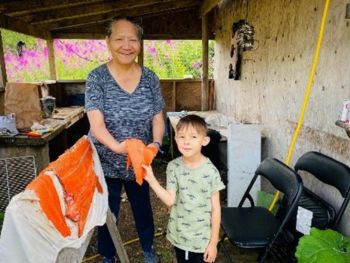
For Nicole, these days are essential. Growing up, her summers were spent in the smokehouse with her Gigi, mom, and aunties—hanging Kayuukws, singing, and sharing stories.
“Some of our happiest family memories are around smokehouses,” she recalls. Now, as a mother raising her children away from home, Nicole uses cultural leave to return to those roots and pass on those teachings. Her children are learning to cut, ts’al, and jar fish, to tend the fire, and to flip the Kayuukws at just the right time. “It brings me joy to see them running off with their cousins, making memories like I did.”
Cultural leave also allowed Nicole to support her Wilp (house group) during a significant Nisga’a ceremony—the Stonemoving feast. Held a year after a loved one’s passing, this feast marks the end of mourning and honours the deceased through ceremony, song, and storytelling. Nicole’s children were invited to portray a brother and sister from their Wilp’s history—two young ancestors who helped preserve their family line. Her son, blanketed and dressed in traditional regalia, walked the feast hall with a drum in hand.
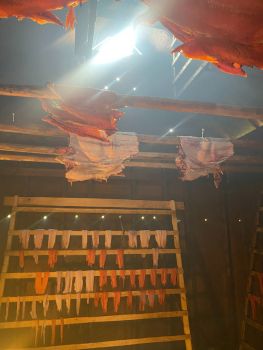
“Everyone rose to their feet to recognize him and the young chief he was helping us all to remember,” Nicole said. “It was such a powerful and beautiful moment for our family and many in the nation.”
Stories like Nicole’s show why cultural leave matters. It’s not just about time away from work—it’s about making space for healing, teaching, and celebrating the living cultures that shape who we are.
For more information
- Learn more about cultural leave at Northern Health Careers
- Learn more about Indigenous recruitment
- See Indigenous specific current job openings

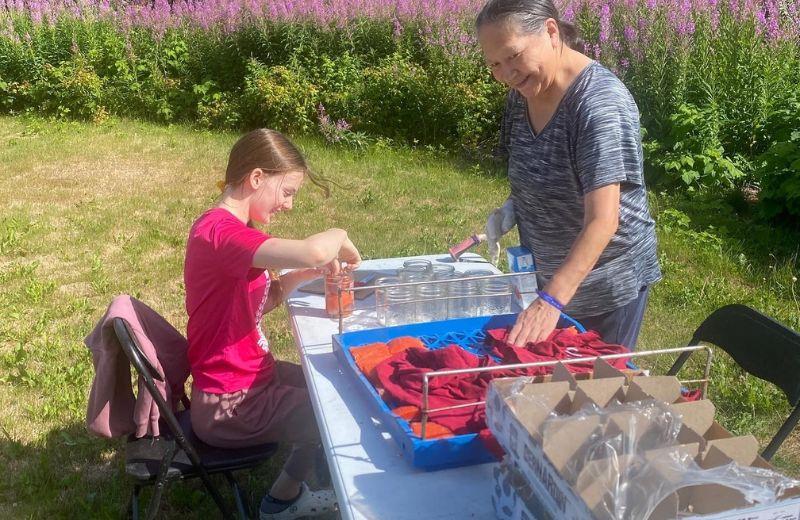
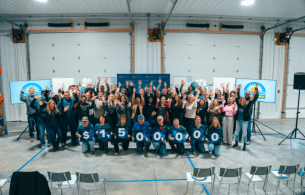

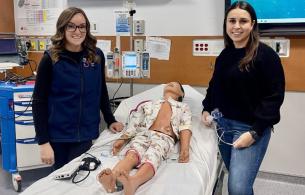


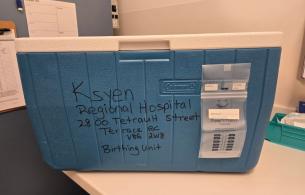


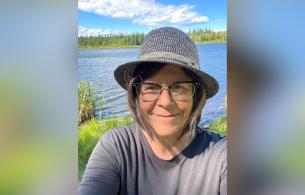
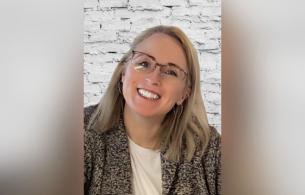

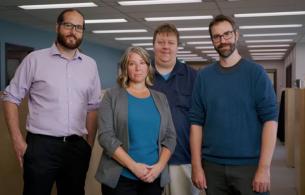
Comments